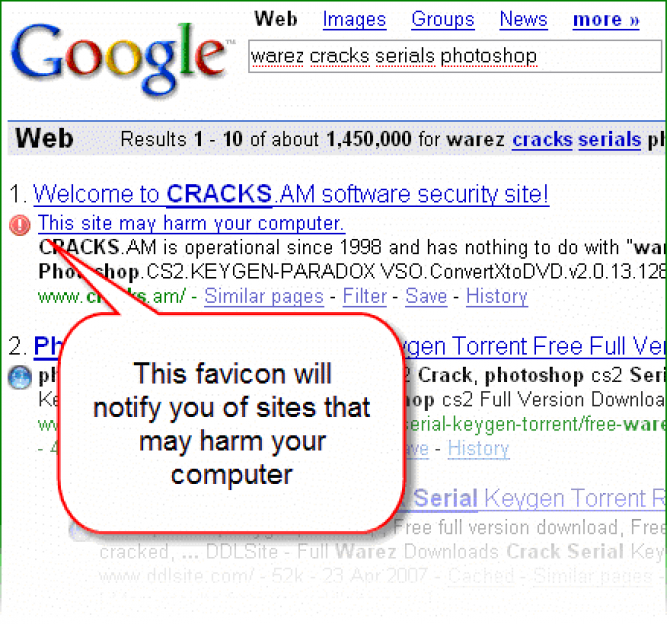Harsh Sagar talks about Artificial Intelligence, SEO
UK search trends shift
Nov 28, 2024
Forget what you thought you knew about UK search trends. Google's market share has dropped, Bing is making moves, and AI is causing a stir. Let's d...
Jul 07, 2011
by Harsh Sagar

Warning
Trojan Adware.W32.Exp.Dwnldr spy-ware detected. This Trojan allows Attackers to access your computer
from remote locations, stealing passwords, Internet banking and personal data. This also prompts
advertising pop-ups.
This sort of warning even in your system is good enough to give you a huge scare. Imagine what this would do to you if Google starts showing the warning to the users that this site has malware. Yes, Google does this. And this happens to more sites daily than you can imagine.
This has happened to me in past too when I had a "certain" shared hosting. All the script files in my website were corrupted with a malware. There was a small code at the bottom of the page which was basically a redirection code. As soon as user opened my site, it got redirected to a "certain" website. This was quite scary to me at first, so I contacted my shared hosting provider about this. Not surprisingly, I got a standard reply that website was hacked due to my insecure way using ftp and its not at all their fault. It took me sometime to get my website working again but then the real problem started, so to speak. Google has marked the website as spammy and showed warning to users to enter at their own risk. This was a one time incident for me but this is surely not uncommon. This has happened to a lot of sites.
Google has a malware database which it keeps on updating based on its own crawl of the websites. Pages which are deemed dangerous are identified and blacklisted. In addition to Google, many browsers such as Firefox, Chrome, Safari and anti virus too use this database to warn the users to keep away from such websites/pages. This is just not about the traffic for a few days but also affects the standing of your website. The onus is upon the site owner to deal with this and clean the site in order to remove these warnings.
So as a webmaster, what should you do? You need to know how to remove your site from google's malware database and avoid common mistakes that can leave your website (even after being cleaned) blacklisted for a long time.
First you need to figure out what went wrong. To do this you can use google's safe browsing diagnostic page http://www.google.com/safebrowsing/diagnostic?site={YOURSITE}. Go to the section which says "What is the current listing status for google.com?". If your site is in google's blacklist then you would see something like "Your site is currently listed suspicious".
The second section which you must carefully look upon is "What happened when Google visited this site? ". To interpret this information, you should look at the two dates: "Last time google visited this site on" & "Last time suspicious content was found on this site was on". If your site is currently blacklisted, these two dates would probably the same. Look for the sentences like "Malicious software is hosted on x domain(s) including xyz.com, abc.com. x Domain(s) appear to be functioning as intermediaries for distributing malware content". Scan your website for these domains. After you clean the code, you can request the website for malware review through Google Webmaster tools. In a few hours, google should rescan your site and come back with an approval.


Harsh Sagar talks about Artificial Intelligence, SEO
Nov 28, 2024
Forget what you thought you knew about UK search trends. Google's market share has dropped, Bing is making moves, and AI is causing a stir. Let's d...


Harsh Sagar talks about Online Marketing, SEO
Jul 05, 2023
In search engine optimisation (SEO), backlinks are crucial in driving organic traffic, improving search engine rankings, and...